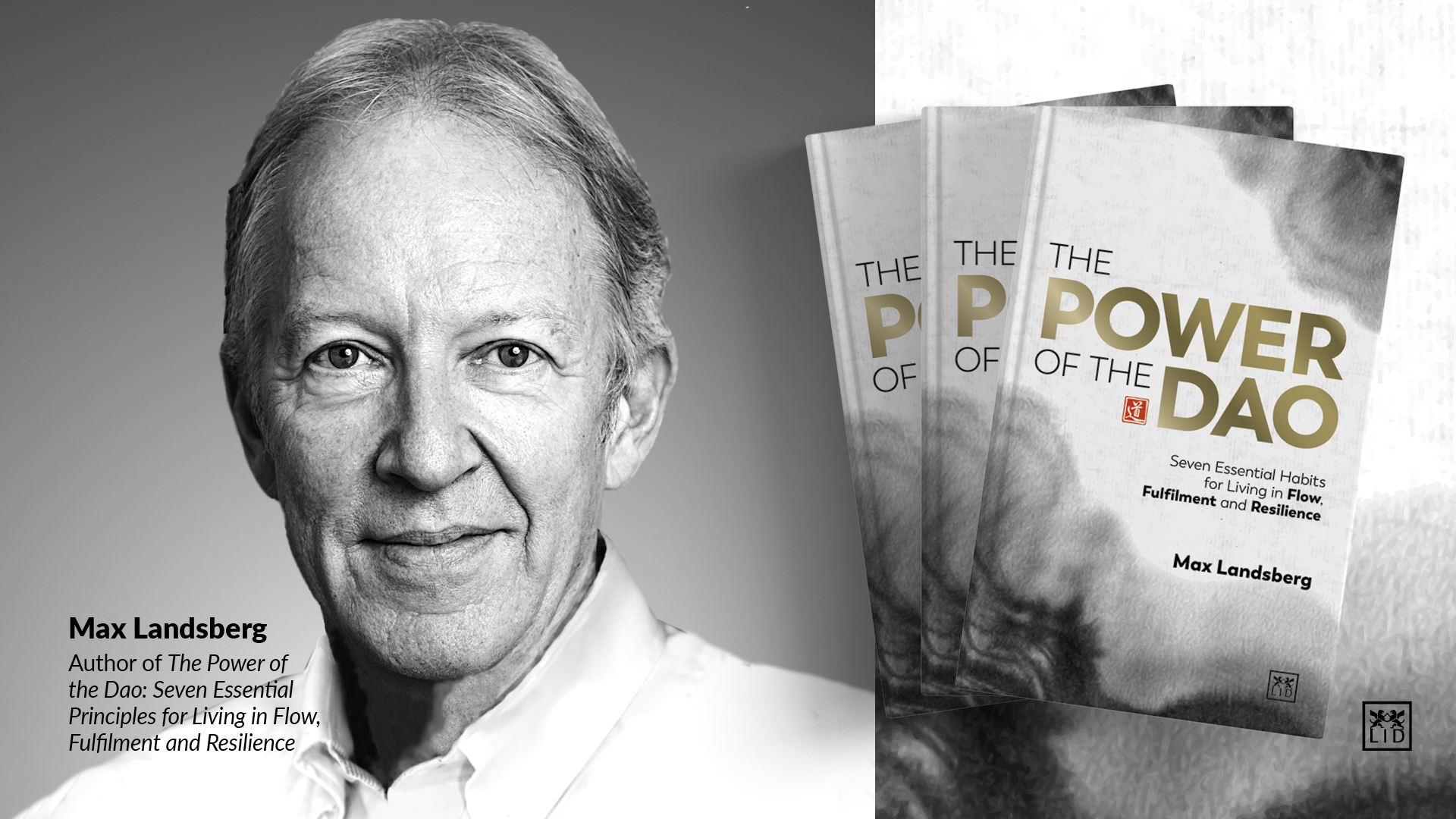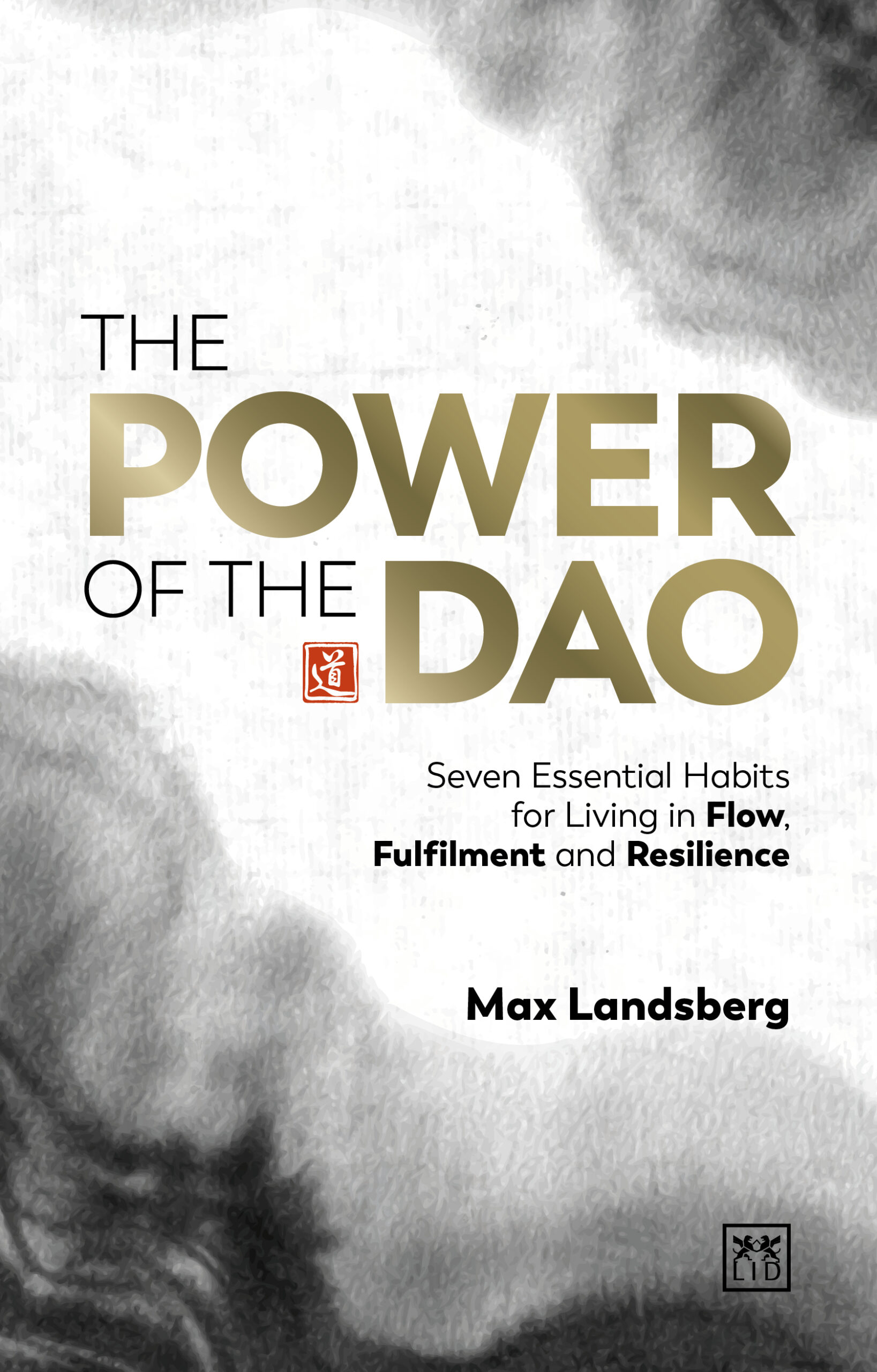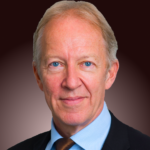|
Why Do We Only Experience Flow Occasionally and Can We Change That with Max Landsberg
Why Do We Only Experience Flow Occasionally and Can We Change That

By Guest Contributor Max Landsberg
Author of The Power of the Dao, Max Landsberg, reveals how we can achieve flow and optimal experience more often.
Being in Flow is a great place to be. It’s a mental and a physical state where you are like an athlete who is ‘in the zone’, or ‘on top of your game’. You feel completely absorbed in whatever you are doing. Things feel effortless and seem to work automatically: your activities take no energy from you – indeed, they give energy to you. You barely notice the passage of time. You feel calm yet almost ecstatic. You are resourceful, creative and resilient.
In this flow state, research shows you can become twice as creative, four times more motivated, five times more able to learn, and also five times more productive. More importantly, you’re having deep and meaningful fun! You’ve probably experienced this state at least briefly – at work, in sport, or at home.
But if this state of flow is such a coveted place to be, why don’t we attain it more often? In most seminars and webinars, for example, polls show the same pattern: while most of us have been in this state of flow for at least a few minutes; only some of us have achieved it for an hour or two, and only a few have sustained this state for days. The state seems to be elusive and not consistently attainable.
Various factors contribute to the sporadic nature of the flow experience, and understanding them can offer insights into how to access flow more consistently. To address this issue, I’ve found it helpful to distinguish between two types of the flow state. Based on three decades of coaching and research, I call these two types ‘task-specific flow’, and ‘life-long flow’. These states are related, but they differ in the obstacles to achieving them and the steps we can take to reach them.
Let’s look first at task-specific flow, as a prelude to understanding how to gain the bigger prize of life-long flow.
TASK-SPECIFIC FLOW
Research into the flow state arguably started in the 1970s with the work of psychologist Mihaly Csikszentmihalyi. (I say ‘arguably’ because as we will see, the ancient Daoist tradition had developed relevant practices 2,500 years earlier.)
Recent research into task-specific flow has focused on how some people, sometimes, manage to complete tasks and activities at an outstanding level of performance, while having fun … yet with apparently minimal effort. The focus has been on sports, games, and artistic activities as well as on selected work activities, and several findings have emerged.
The five main controllable factors for achieving task-specific flow are:
- The balance between skill level and task difficulty, as proposed by Mihaly Csikszentmihalyi. Flow tends to happen when the challenge of a task matches an individual’s level of skill. If a task is too easy, it may lead to boredom, while tasks that are too difficult can result in anxiety or frustration. Achieving the right balance requires a continuous assessment and adjustment of challenges based on one’s developing skills.
- Clear goals and immediate feedback. Flow is more likely to occur when individuals have a clear understanding of their objectives and receive immediate feedback on their performance. They can then make real-time adjustments, and maintain a sense of control and concentration. In contrast, vague goals or delayed feedback can disrupt the flow state, as individuals may struggle to stay focused without a clear direction or understanding of their progress.
- External distractions and interruptions play a crucial role in disrupting the flow state. In the modern workplace, constant notifications, emails, and other interruptions can hinder concentration and prevent individuals from reaching a flow state. Creating an environment that minimizes such disruptions, perhaps through time management strategies or designated periods of uninterrupted work, can facilitate more frequent and sustained flow experiences.
- Psychological factors, such as motivation and interest in the task, also influence the likelihood of entering a flow state. When you are genuinely interested and motivated by a task, you can slide into a state of flow more readily. Identifying and aligning tasks with personal interests and values can contribute to a more consistent experience of flow.
- Individual differences, including personality traits and cognitive styles, play a role in the frequency of flow experiences. Some individuals may naturally have a personality disposition that makes it easier for them to enter a flow state regularly. Understanding your own cognitive preferences and leveraging them to structure tasks in a way that aligns with individual strengths can enhance the likelihood of experiencing flow more often.
Beyond these considerations, the impact of external factors, such as organizational culture and leadership styles, are important. Work environments that prioritize autonomy, creativity, and a positive work culture are more conducive to fostering flow experiences. Leaders who encourage employee autonomy, provide challenging yet achievable tasks, and recognize and reward accomplishments contribute to a workplace culture that supports the conditions necessary for flow.
LIFE-LONG FLOW
If you – or someone whom you are mentoring or coaching – is to live a life in flow, the steps indicated above are likely to be helpful but probably won’t be sufficient.
This is because living a whole lifetime is clearly far more complex than performing a specific task. To deal with – or rather, flow with – the complexities of life requires more fundamental tweaks to our ‘mindset’. That is, we need to tweak the habitual way in which we see the world and interact with it. This tweaked mindset allows us to see the forces at work in our ecosystem more profoundly, and to engage with them in a way that is both authentic and effortless.
Fortunately, there is a rich set of practices that can help us achieve this mindset. These are drawn from the enduring Chinese tradition of Daoism (aka Taoism). This tradition was founded 2,500 years ago and has endured since then. Many successful people have adopted elements of Daoism: philosophers such as Martin Heidegger, Immanuel Kant, Arthur Schopenhauer and Bertrand Russell; writers such as Leo Tolstoy, Henry David Thoreau, Ralph Waldo Emerson and Oscar Wilde; psychologists such as Carl Jung and Abraham Maslow; architects such as Frank Lloyd Wright; songwriters from George Harrison to rapper RZA; Nobel laureates such as Niels Bohr; and even Bruce Lee and Steve Jobs.
From Daoism, three helpful principles and habits enhance how we see and understand the world. These are summarised below, and explained in more detail in my guidebook The Power of the Dao:
- Sense the energy flows (yin-yang) in teams, relationships, and situations: pausing to notice where the shifting energies currently stand between the purposeful (yang) elements and latent and receptive (yin) ones; noticing the direction in which those forces are headed; understanding where and when the turning points from yin to yang, and back again, are likely to occur; seeing opportunities and threats that you might otherwise overlook.
- Identify the patterns and trendlines inherent in our environments: where the fault-lines in any given situation run; the points of least and most resistance; the most advantageous routes to pursue and undercurrents of the cosmos to ride.
- Discern the ways things ‘like’ to work naturally: using the analogy of water, where do relationships or other aspects of your environment naturally ‘want’ to gravitate to; how can those dynamics be harnessed or co—operated with? By staying in tune with this, you can act in concert with things, and avoid unintended consequences.
The second set of tweaks moves on from understanding the cosmos more profoundly, to interacting with the world more effectively …
- Minimise prejudices and biases: what cognitive distortions are you most prey to; how can you observe events more mindfully and accurately? In Chinese, this clarity is called pu – simplicity, and sensing the world in an uncomplicated way.
- Act with wu wei (the Daoist principle of effortless action): how to achieve much, but with minimal effort or no effort at all; how to select where and when to intervene; how to use the discerned energy of a situation – rather than battle against it? Wuwei is at the heart of Daoism and by mastering this, you cultivate your energies, rather than frittering them away in stratagems that are too contrived.
- Act authentically: what do you want to stand for; how will you project your values, character, and perhaps charisma, in a way that draws people and events to you?
And to remain in flow, the final principle helps you continue to reap the benefits:
- Sustain mastery of flow through continuous improvement: what practices will help you retain enduring and dynamic balance? This is mastery of yourself-as-connected-with-the-cosmos. It is what allows you to live a life that is in flow all the time. In the words of the Daoist book Zhuangzi (and repeated by martial artist and movie legend Bruce Lee) you will: “Moving, be like water. Still, be like a mirror. Respond like an echo.”
* * *
The state of flow offers amazing benefits of improved performance, greater resilience, and greater enjoyment. This is true for both performing specific tasks and for living a lifetime. Setting a clear aspiration to achieve these states, and then adopting habitually the practices indicated above, gives you a great chance of getting there.
ABOUT THE AUTHOR
Suggested Reading
 The Power of the Dao shows you how to achieve а state of constant flow, based on the enduring (ancient Chinese) wisdom of Daoist principles and practice. Millions of people have lived a better, happier and more productive life by following all or some of these Daoist principles. The book provides the seven core principles of Daoism to help you live your live in productive yet relaxed flow for extended periods – or all the time.
The Power of the Dao shows you how to achieve а state of constant flow, based on the enduring (ancient Chinese) wisdom of Daoist principles and practice. Millions of people have lived a better, happier and more productive life by following all or some of these Daoist principles. The book provides the seven core principles of Daoism to help you live your live in productive yet relaxed flow for extended periods – or all the time.

